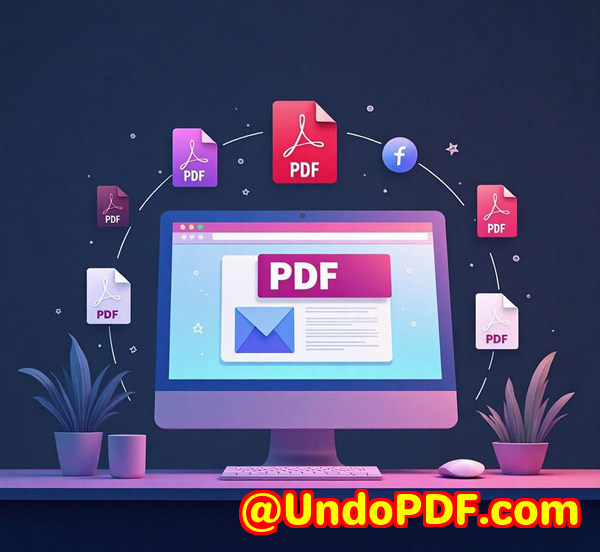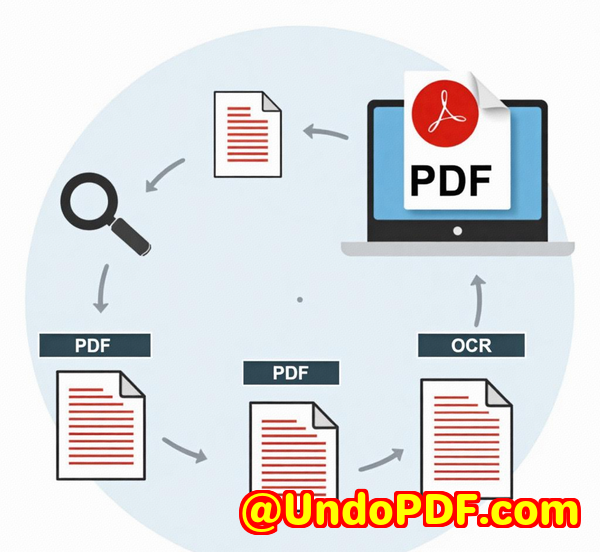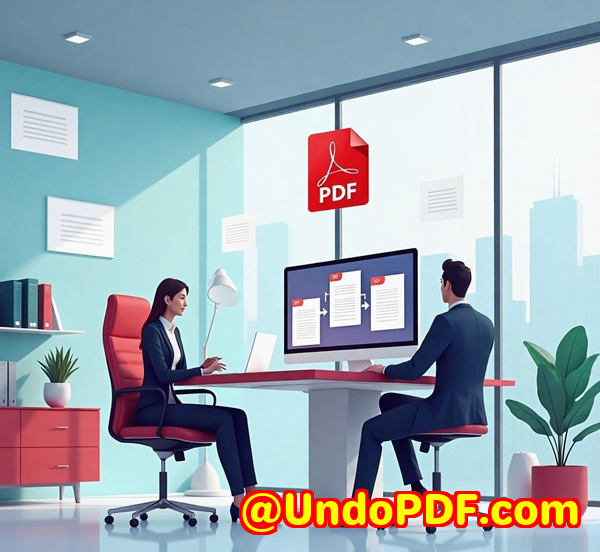Extract Technical Diagrams from DWG to Vector for Online Training Modules
Extract Technical Diagrams from DWG to Vector for Online Training Modules
Every time I tried to prep materials for online training, I hit a wall with those bulky DWG files. You know, the ones loaded with detailed CAD drawings? They’re perfect for engineering and design, but when it came to integrating them into training modules, it was a nightmare. Those files just wouldn’t play nice with most e-learning platforms. And exporting them without losing quality? Forget about it. It felt like I was stuck between a rock and a hard place, wasting hours trying to convert DWG files into something usable.

That’s when I stumbled upon VeryDOC DWG to Vector Converter (DWG2Vector). Honestly, it felt like a lifesaver for anyone who works with technical drawings and wants to make them accessible online without drowning in file format headaches.
So here’s the deal: DWG2Vector is a command-line tool and SDK designed for Windows and Linux developers. Its job? To take those heavy AutoCAD DWG and DXF files and convert them into clean, scalable vector formats like PDF, SVG, EMF, WMF, PS, EPS, SWF, XPS, HPGL, and PCL. What does that mean for us? Crisp, editable diagrams that don’t pixelate or slow down our training platforms.
Who Should Use DWG to Vector Converter?
If you’re a developer, content creator, or training manager dealing with CAD files and need to convert them into formats that online platforms love, this is your tool.
-
Engineers creating training materials
-
Instructional designers embedding technical diagrams
-
Software developers integrating CAD drawings into apps
-
Anyone handling batch conversions of DWG/DXF files for digital publishing
I’m not just talking about one-off conversions. DWG2Vector shines brightest when you’re juggling multiple files or need to automate the process from a server or backend system.
How I Used DWG2Vector and Why It Stands Out
My first test run was converting a folder of DWG files from various projects into vector PDFs to embed into an interactive module. Before, I’d have to export each file manually in AutoCAD or use clunky online converters that distorted the lines and ruined the clarity.
DWG2Vector made it simple:
-
Batch conversion: I pointed the command line to an entire directory, and it converted everything in minutes without me babysitting the process.
-
Multiple output formats: I needed both SVG for web display and PDF for downloadable manuals. DWG2Vector handled both effortlessly.
-
Customizable output settings: I adjusted DPI, paper size, line width, and even chose between colour and black-and-white outputs, depending on the project’s needs.
I was especially impressed by its support for multiple layouts within the same DWG file. Often, CAD drawings contain several views or sheets, and DWG2Vector gave me the option to export each view into separate files with a simple flag. This saved hours I would have spent isolating layers manually.
One sticky point with other converters I tried was the loss of font fidelity and symbol issues, but DWG2Vector lets you set a folder with SHX fonts so the output stays true to the original design.
Why DWG2Vector Beats Other Options
Most tools out there either rely on AutoCAD being installed or struggle with batch processing. DWG2Vector is a standalone tool no need for AutoCAD on your machine and it runs smoothly on both Windows and Linux. For developers, that’s gold because you can integrate it into your existing workflows or scripts easily.
Plus, it supports a wide range of DWG/DXF versions, including older ones like R12, R13, and up to the 2004 format and beyond. No surprises with unsupported files breaking your batch runs.
Real-Life Impact
Before DWG2Vector, preparing technical training modules felt like a constant battle. I’d wrestle with file compatibility, poor image quality, or time-consuming manual exports. Now, it’s hands-off automation that keeps everything consistent and sharp. It freed me up to focus on actual content rather than wrestling with files.
And if you’re curious, the command line interface is straightforward:
This line processes all DWG files in a folder, uses the right fonts, outputs high-resolution PDFs for each view, and drops them into the output folder. No sweat.
Why This Matters for Online Training Modules
Online training demands visuals that are scalable, fast-loading, and clear on any screen size. Raster images fall short herethey pixelate when zoomed or lose sharpness on high-res displays.
Vector graphics? They scale perfectly, keeping every line crisp. DWG2Vector’s ability to convert CAD files directly into vector formats means your diagrams look professional, load quickly, and integrate seamlessly with web and e-learning platforms.
Wrapping Up: Should You Give It a Go?
If your day-to-day involves extracting technical diagrams from DWG files for online training or publishing, I’d say DWG2Vector is worth a hard look.
It saves you from manual exports, supports a vast array of output formats, handles batch jobs with ease, and runs independently of AutoCAD.
For me, it changed the way I build training materials. Less time fiddling, more time creating.
Go ahead, start your free trial and see how it fits into your workflow: https://www.verydoc.com/dwg-to-vector.html
Custom Development Services by VeryDOC
VeryDOC doesn’t just stop at off-the-shelf tools. If you have unique needsbe it specialized PDF processing on Linux servers, custom Windows Virtual Printer Drivers, or advanced OCR and barcode recognitionthey offer tailored development services to fit.
Their expertise covers Python, PHP, C/C++, Windows API, Mac, iOS, Android, JavaScript, .NET, and more. They can hook into Windows APIs to monitor print jobs or build system-wide solutions for document management.
If you want to discuss a custom project or need specific features beyond standard tools, reach out to VeryDOC via their support center at https://support.verypdf.com/.
FAQs
1. Can DWG2Vector convert DWG files without AutoCAD installed?
Yes. It’s a standalone converter and doesn’t require AutoCAD or any other CAD software to be installed.
2. What vector formats can DWG2Vector output?
It supports PDF, SVG, EMF, WMF, PS, EPS, SWF, XPS, HPGL, and PCL formats.
3. Does it support batch processing?
Absolutely. You can convert entire folders of DWG or DXF files at once using wildcard characters.
4. Can I control the output quality and paper size?
Yes, you can customize DPI, line widths, paper size, color mode, and more through command line options.
5. Is there support for multiple layouts inside a single DWG file?
Yes, you can export each layout or view as separate output files with the -byview option.
Tags / Keywords
-
DWG to vector conversion
-
Batch DWG to PDF
-
Technical diagram conversion
-
CAD to SVG converter
-
DWG to vector graphics for training



